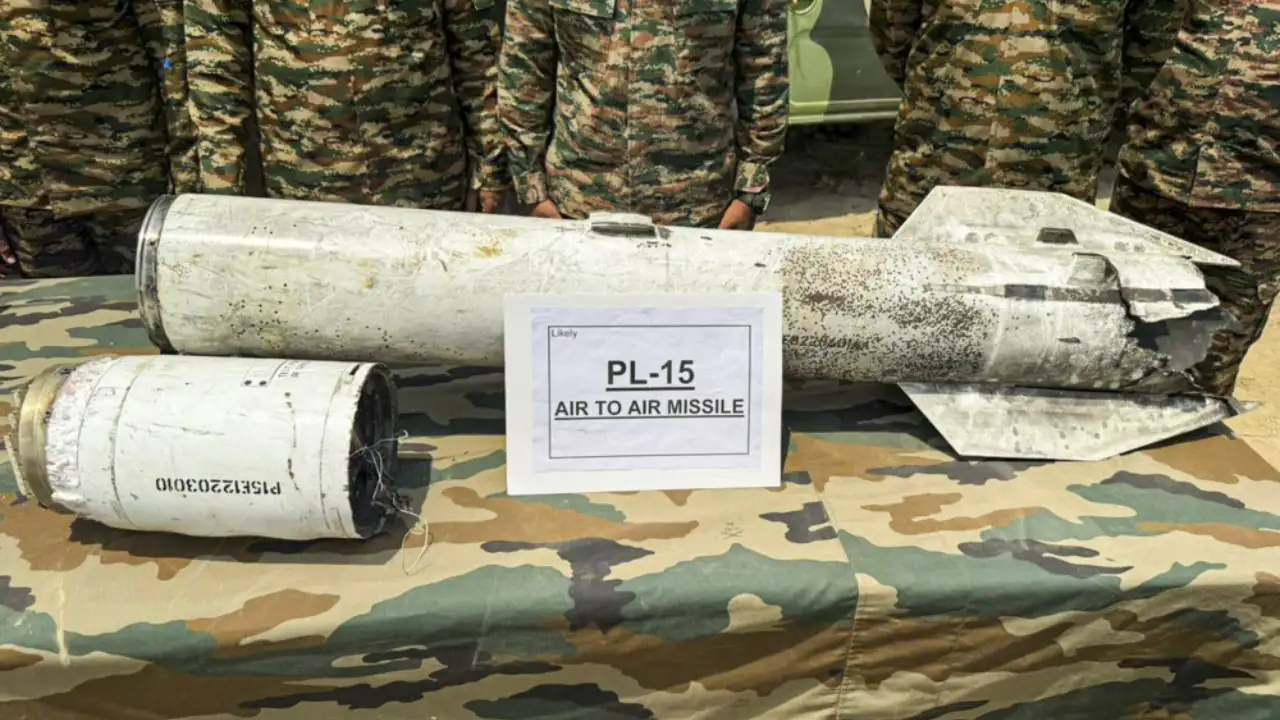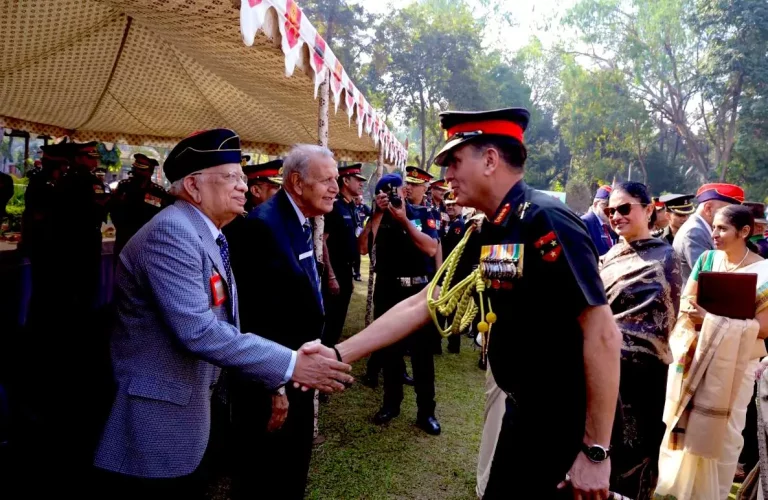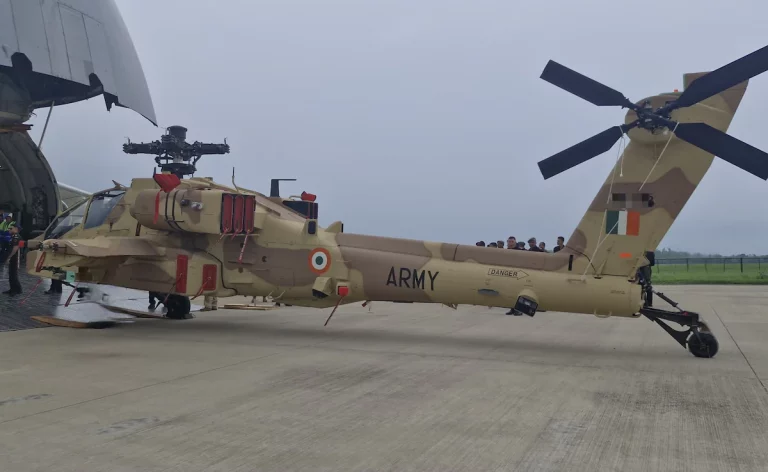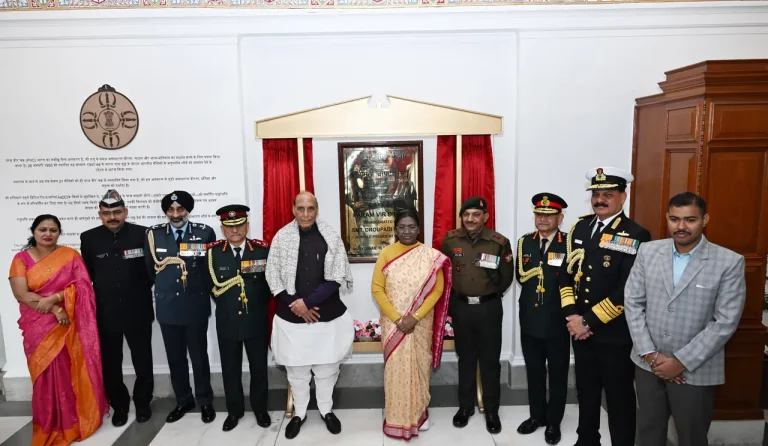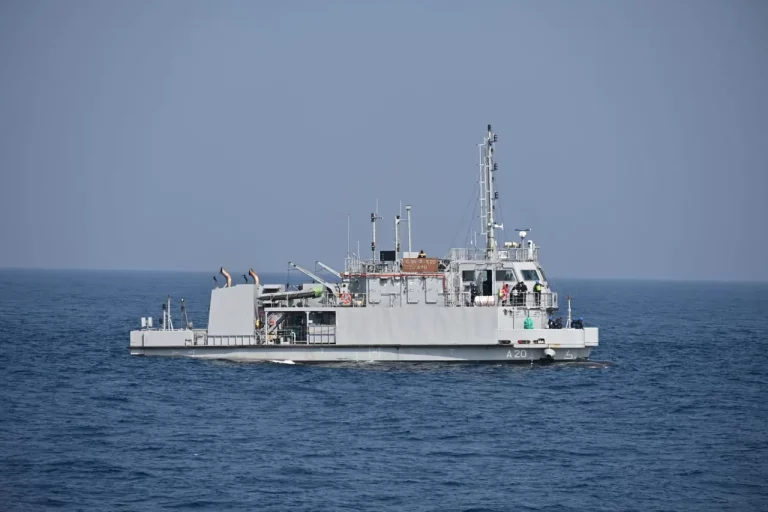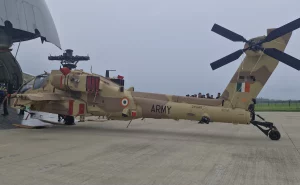China has chosen to remain silent on the efficacy of its weaponry employed by Pakistan during a recent military clash with India, specifically in relation to the advanced PL-15E air-to-air missile. Remnants of the missile were reportedly uncovered by Indian forces after Pakistan’s counterattacks during India’s Operation Sindoor, which occurred from May 7 to 10. This operation came in the wake of a deadly terror attack on April 22 in Pahalgam that resulted in the deaths of 26 civilians.
During a media briefing, Chinese Defence Ministry spokesperson Sr Col Zhang Xiaogang was posed a question regarding the effectiveness of the PL-15E missile, a weapon frequently displayed at both domestic and international defence exhibitions. Instead of addressing the missile’s performance, Col Zhang simply stated, “The missile you mentioned is an export equipment,” and declined to provide any further assessment regarding its use during the conflict.
Focusing on diplomatic relations, Col Zhang emphasized the need for calm and restraint, noting, “India and Pakistan are neighbours that cannot be moved away.” He expressed hope that both nations would avoid actions that could heighten tensions, reinforcing China’s support for regional stability. Col Zhang affirmed China’s willingness to play a constructive role in mediating a lasting ceasefire between the two countries.
The inquiry surrounding the missile’s performance gains relevance as Indian forces retrieved parts of the Chinese-made PL-15E that failed to detonate during Pakistan’s retaliation. This incident not only casts doubt on the reliability of Chinese military technology but also raises important questions about the effectiveness of the military equipment supplied to Pakistan.
According to the Stockholm International Peace Research Institute (SIPRI), a significant portion of Pakistan’s arms imports—81% between 2020 and 2024—originates from China. This extensive military relationship encompasses a range of supplies, including fighter jets, submarines, naval vessels, and various missile systems. Furthermore, China and Pakistan collaborate in the co-development of the JF-17 fighter jet, an integral component of Pakistan’s air defense.
While China has maintained a cautious diplomatic stance, its state-run media has notably highlighted the ongoing conflict between India and Pakistan, underscoring Beijing’s deepening military ties with Islamabad. However, the latest developments may prompt further scrutiny regarding the battlefield efficacy of Chinese defense exports.
